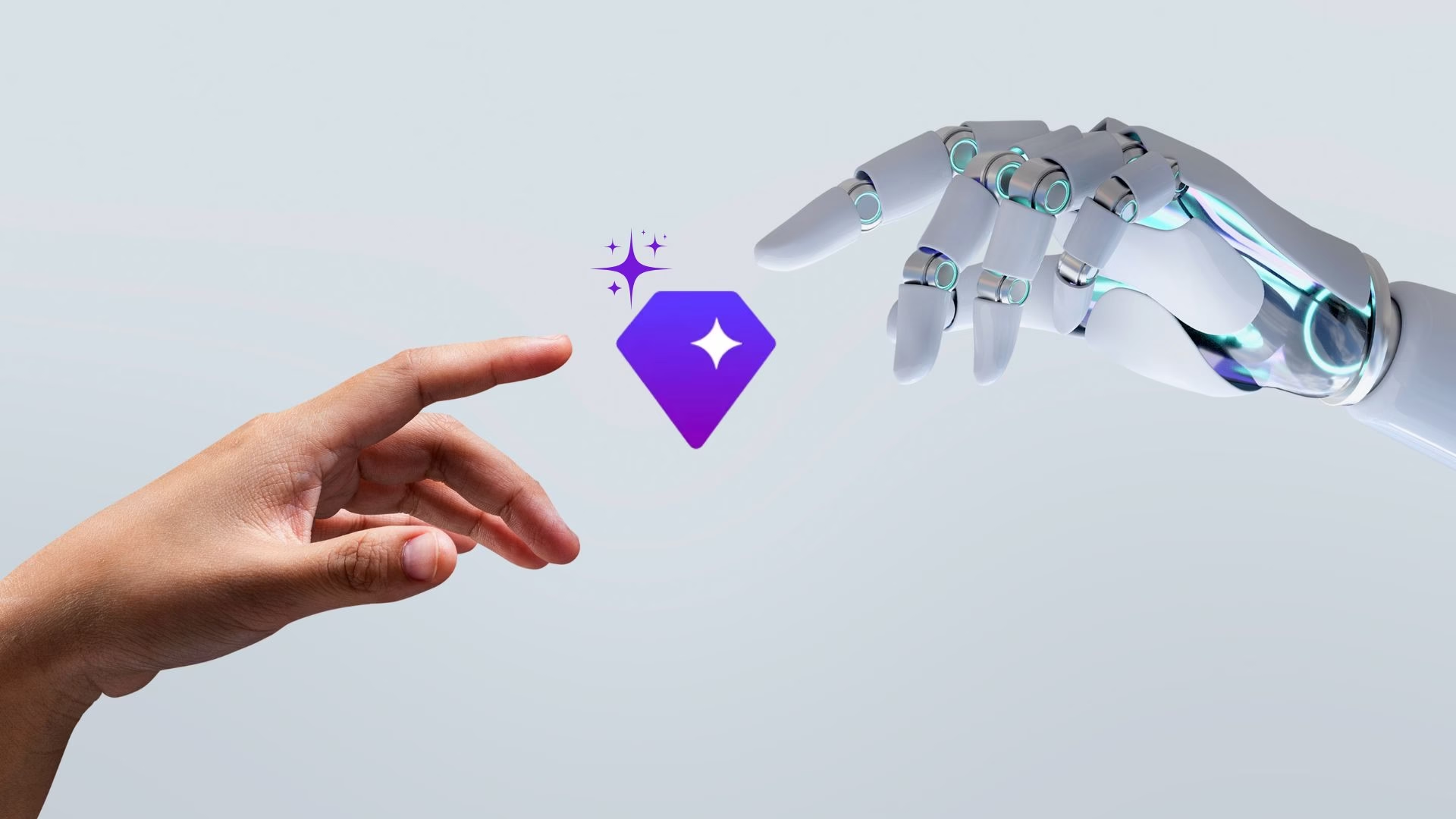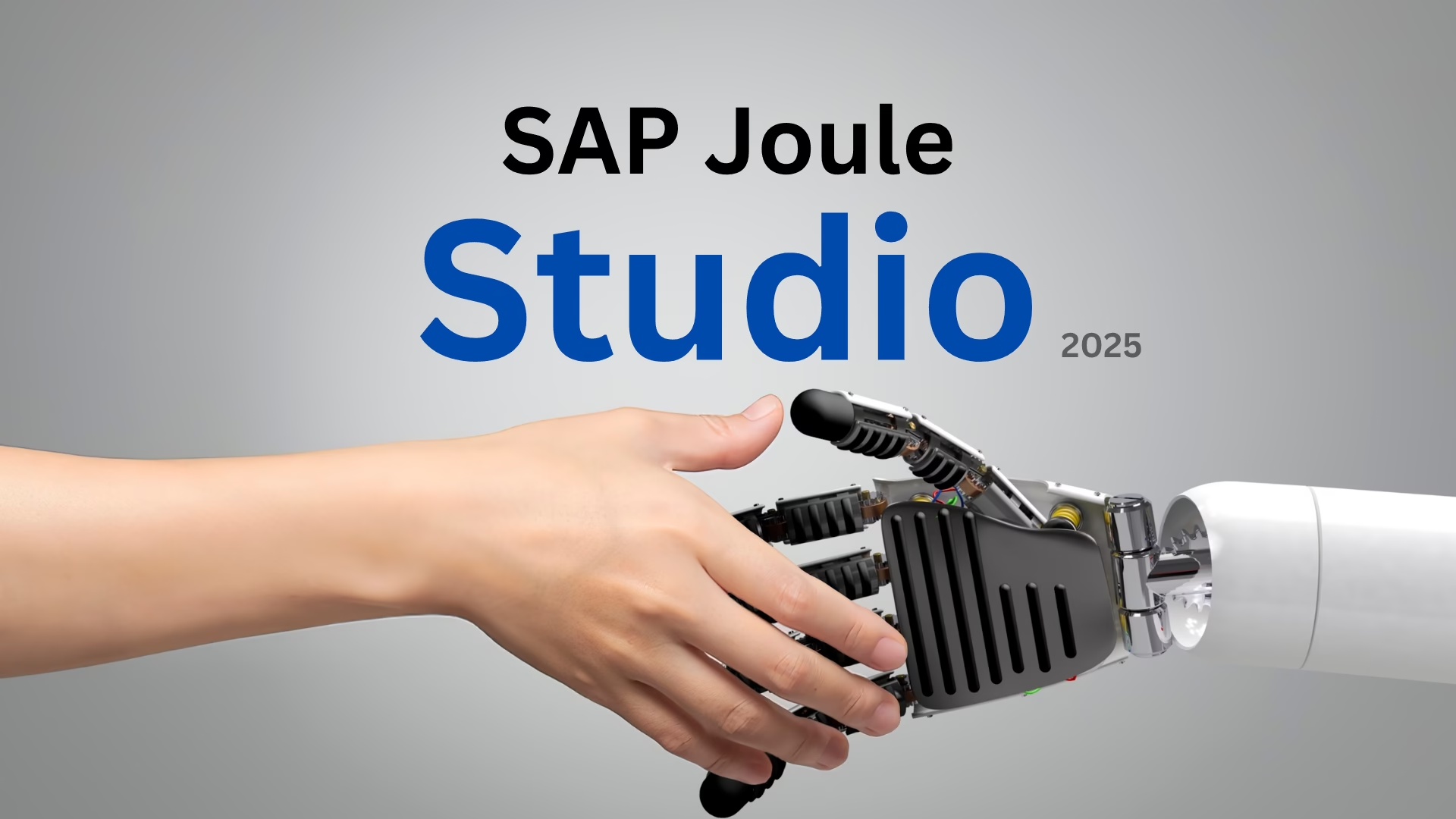Getting Started with SAP Generative AI Hub: A Comprehensive Guide
In today’s rapidly evolving business landscape, Artificial Intelligence is no longer a luxury—it’s a necessity. SAP has responded to this need by introducing the SAP Generative AI Hub, a powerful service within the SAP AI Foundation that’s now available as a free trial.
In this comprehensive guide, we’ll walk you through what SAP Generative AI Hub offers, how to get started with the trial environment, and explore its key features that can transform your business operations.
What is SAP Generative AI Hub?
Before diving into the hands-on experience, let’s understand what SAP Generative AI Hub actually is.

Think of the SAP AI Foundation as a house—then SAP Generative AI Hub is a specialized room within that house. It’s one of several services that make up SAP’s comprehensive AI platform, which includes pre-built AI services, AI lifecycle management tools, and data context services.
SAP Generative AI Hub stands out by providing a unified platform for accessing and orchestrating multiple large language models (LLMs) from various providers, all within SAP’s trusted ecosystem.
Why SAP Generative AI Hub Matters
Organizations today face a common challenge: different business scenarios require different AI models, leading to the complexity of managing multiple vendor contracts, integration points, and pricing models.
SAP Generative AI Hub eliminates this complexity by offering:
1. Flexible Access to Multiple LLMs
Instead of being locked into a single AI provider, SAP Generative AI Hub provides access to models from leading providers including:
- OpenAI (GPT models)
- Anthropic (Claude models)
- Google (Gemini models)
- Meta (Llama models)
- Mistral AI
- And more
This flexibility delivers several advantages:
Cost Optimization: Different models come with different pricing structures. For instance, Claude models are significantly more cost-effective than GPT models for certain use cases, allowing organizations to optimize their AI spending based on specific requirements.
Performance Optimization: Each model has unique strengths. Claude models excel at handling large text inputs, while Titan models can generate embeddings for both images and text. Organizations can select the optimal model for each specific task.
Avoiding Vendor Lock-in: Perhaps most importantly, SAP Generative AI Hub uses a harmonized API that standardizes message formats, model parameters, and response formats. This means you can switch between models without rewriting your client code—true flexibility in an ever-changing AI landscape.
2. Powerful Orchestration Capabilities
Orchestration in the context of SAP Generative AI Hub refers to the intelligent coordination of various AI components to produce desired outcomes. Think of it as a traffic controller for your AI operations, managing multiple elements seamlessly:

Prompt Templating: Create standardized, reusable prompt structures that ensure consistency across your organization. Marketing teams can generate hundreds of product descriptions using templates that maintain brand voice and style guidelines.
Content Filtering: Ensure all AI-generated content aligns with ethical standards and business requirements. The system can automatically filter out bias, offensive language, or inappropriate content from both inputs and outputs.
Data Masking: Process sensitive information securely by automatically anonymizing personally identifiable information (PII) before sending data to LLMs. This helps maintain GDPR compliance and protects customer privacy.
Grounding: This is where the magic happens. Grounding connects AI models to your actual enterprise data, ensuring responses are based on real, verified information rather than general knowledge or hallucinations.
Understanding Grounding: The Game-Changer
Let’s demystify grounding with a simple analogy. Imagine asking a highly intelligent robot: “What were our Q1 sales this year?”

The robot might be brilliant with language, but without access to your company’s actual data, it would either make something up (known as AI hallucination) or simply state it doesn’t know.
Grounding solves this problem by:
- Connecting the LLM to trusted enterprise data sources like SAP S/4HANA, SuccessFactors or MS Sharepoint.
- Using retrieval-augmented generation (RAG) to fetch relevant facts from your systems.
- Ensuring the model responds based on your specific business context.

The result? Instead of guessing, the AI retrieves your actual Q1 sales figures and provides an accurate, data-driven response: “Your Q1 sales were 1.5 million dollars, representing a 10% increase from last quarter.”

This is the power of grounded AI—answers based on your truth, not generic knowledge.
Getting Started: Setting Up Your Free Trial
SAP has made it remarkably easy to start experimenting with Generative AI Hub through their free trial offering. Here’s how to get started:
Account Registration
Visit the SAP Generative AI Hub trial page and click the “Try Now” button. You’ll need to enter your email and log in with your SAP ID. If you don’t have an SAP ID yet, the registration process is straightforward and takes just a few minutes.

Once registered use these to access your trial environment, where you’ll land on a Getting Started page with helpful workbooks covering:
- What Generative AI at SAP is
- The roles of AI Launchpad and AI Core
- Large language model fundamentals
- Orchestration concepts like templating and filtering
Become SAP AI Ready
in 1 Week
SAP AI Masterclass
- Crafted by Ex-SAP Employees
- Rated 4.2/5 by 1000+ SAP Professionals
- Lifetime Access + Free Updates
- Includes SAP AI Certification Practice Test
Start Learning
in 1 Week
- Crafted by Ex-SAP Employees
- Rated 4.2/5 by 1000+ SAP Professionals
- Lifetime Access + Free Updates
- Includes SAP AI Certification Practice Test
Hands-On: Exploring Key Features
Let’s walk through the core functionalities you can test in your trial environment:
Testing the Prompt Editor

Navigate to the Orchestration section from the left-hand menu. Here, you can create, save, and reuse prompts for various business scenarios. The prompt editor allows you to:
- Write and format prompts with specific instructions
- Test different prompt variations
- Save successful prompts as templates for future use
- Share prompts across your organization
Experimenting Without Grounding
To understand the true value of grounding, let’s first see what happens without it. Start by disabling the grounding module and use a pre-built template with a sample question like: “What types of mouse are available from the catalog?”
 When you test this with models like Claude or GPT without grounding enabled, you’ll notice either no specific results or generic responses. The model understands your question but lacks access to your actual product catalog data. This demonstrates the limitation of relying solely on an AI model’s general knowledge.
When you test this with models like Claude or GPT without grounding enabled, you’ll notice either no specific results or generic responses. The model understands your question but lacks access to your actual product catalog data. This demonstrates the limitation of relying solely on an AI model’s general knowledge.
Enabling the Grounding Module
Now for the transformation. Navigate to Grounding Management, where you can connect various data repositories:
- SAP HANA Cloud (Vector Store)
- Microsoft SharePoint
- External databases containing business data
For our example, connect a SharePoint repository containing your product catalog—including details about different mouse and keyboard options. This becomes your knowledge base for grounding.
Testing With Grounding Enabled
Return to the orchestration workflow and enable the grounding module, attaching your SharePoint data source.
Now run the same question: “What types of mouse are available from the catalog?”
The difference is remarkable. This time, the model returns detailed, accurate results—listing specific wireless mouse options with descriptions and specifications pulled directly from your grounded document.
To verify, you can search for any mentioned product in your SharePoint document and confirm the information matches exactly.
This demonstrates how grounding transforms generic AI into a knowledgeable assistant that understands your specific business context.
Real-World Business Applications
The capabilities of SAP Generative AI Hub translate into tangible business value:
Customer Service Excellence: Implement chatbots that don’t just provide generic responses but access your actual product documentation, warranty information, and company policies to give accurate, helpful answers—exactly how SAP Joule operates.
Automated Content Generation: Marketing teams can generate consistent product descriptions, social media content, or documentation by using prompt templates combined with grounding to your product databases.
Secure Data Analysis: Process customer feedback or employee surveys while automatically masking sensitive PII, ensuring privacy compliance while still gaining valuable insights.
Enterprise Knowledge Management: Transform your organization’s collective knowledge—stored in documents, databases, and systems—into an accessible resource that AI can tap into for informed decision-making.
Integration with Your Applications
One of the most powerful aspects of SAP Generative AI Hub is its integration capability through the SAP AI SDK. This allows you to call orchestration features directly from your code, embedding AI capabilities into your existing SAP applications seamlessly.
Whether you’re building custom extensions, enhancing existing workflows, or creating entirely new AI-powered applications, the SDK provides the bridge between your development environment and the full power of Generative AI Hub.
Conclusion
SAP Generative AI Hub represents a significant leap forward in making enterprise AI accessible, secure, and practical. By providing flexible access to multiple AI models, powerful orchestration capabilities, and the game-changing grounding feature, it addresses the real challenges organizations face when implementing AI solutions.
The free trial removes all barriers to getting started. You can experiment with different models, test grounding with your actual data, create prompt templates, and see firsthand how AI can enhance your business operations—all within SAP’s trusted, enterprise-grade environment.
Ready to explore the future of enterprise AI? Start your free trial today and discover how grounded, orchestrated AI can transform your organization’s capabilities.
P.S. 7 Easy Steps to Learn SAP AI. Checkout SAP AI Masterclass on Udemy. Crafted by Ex-SAP Employees.






